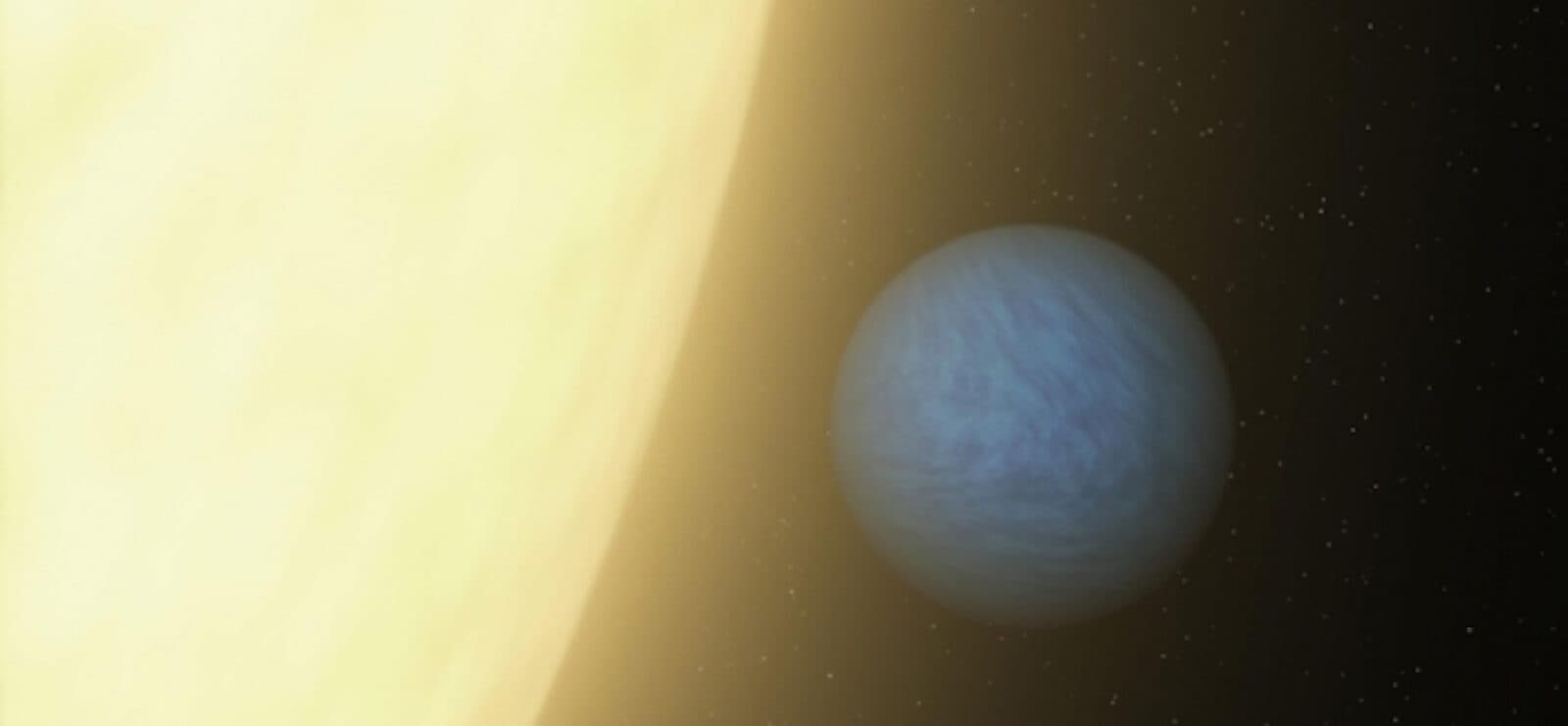The Value of Finding What You Weren't Looking For
by Adam Hadhazy
Telescopes staring intently at the sky to capture phenomenon A often end up cataloguing B, C, and D, bringing in valuable, bonus data

The Author
Physicians have a term—"incidental findings"—for when they stumble upon an undiagnosed medical condition while treating a known or suspected malady. Chest X-rays, for instance, to investigate probable pneumonia can turn up tumors in the lungs. In the pursuit of astrophysics, the very same kind of thing often occurs. Along with their colleagues in the field, Kavli Astrophysics Institute-affiliated researchers frequently capitalize on this sort of scientific bycatch. Take the Dark Energy Survey. It's ostensibly designed to map millions of distant galaxies to learn about cosmic structure and evolution. In this pursuit, DES primarily looks for at macro-scale signs of dark matter—an invisible substance thought to act as a gravitational scaffold upon which normal matter gloms. Yet in the process, DES has discovered numerous, ultra-faint, tiny dwarf galaxies orbiting our Milky Way. These galaxies are additional, key bits of evidence in evaluating cosmological dark matter models. The Transiting Exoplanet Survey Satellite (TESS) is another example. The telescope is primarily a hunter of exoplanets. But not exclusively. Thanks to nearly two years of work, steadily staring at stars, TESS is also making contributions to the science of stellar behavior. In the decades to come, with new and ever-more powerful instruments coming online, the astrophysics community can look forward to many more serendipitous results.
Questions about the first-ever black hole image? Kavli researcher has answers
Minds are still boggled more than a year after the Event Horizon Telescope project unveiled the first-ever direct image of a black hole. Captured by a global network of telescopes peering into the heart of the nearby galaxy M87, the groundbreaking image consists of the "shadow" cast by a supermassive black hole against a bright disk of surrounding material. In a new video, Shiro Ikeda, an affiliate member Kavli Institute for the Physics and Mathematics of the Universe (KIPMU), helps explain just how this shadow is generated and what it means for science.
Next-gen dark matter experiment back on track
As the coronavirus pandemic started gripping the nation in March, researchers had been working at peak capacity to set up LUX-ZEPLIN (LZ), a next-generation dark matter-hunting experiment. The crew had to reduce their work to minimal, essential operations for nearly two months. The project has begun ramping back up by instituting safety protocols, including health checks, physical distancing, travel limitations, protective equipment, and more. It's a welcome sign of progress for continuing the monumental hunt for the theoretical dark matter particles that comprise 85% of the universe's matter. Multiple researchers from the Kavli Institute for Particle Astrophysics and Cosmology (KIPAC) are involved in LZ.

No Earthly air, no problem for potential alien life
In the search for "habitable" exoplanets, terrestrial-centric views of habitability naturally dominate. We seek worlds with potential water on their rocky surfaces, atmospheres of nitrogen and oxygen like ours, and so on. But Sara Seager of the Massachusetts Institute of Technology's Kavli Institute for Astrophysics and Space Research (MKI) and colleagues have shown in a recent study that Earthly bacteria could actually get by just fine in a hydrogen-rich atmosphere. The results suggest that many more kinds of exo-worlds could be conducive to alien life than at first blush.
TESS' valuable bycatch: stellar brightness variations
The goal of the TESS mission is right there in its name: Transiting Exoplanet Survey Satellite. But this hunter of worlds is enabling other kinds of scientific advances. A recent study described how TESS' steady stare at stars, intended to catch the slight dimming when exoplanets in orbit move on past, has alit upon a pattern of brightness pulsations in young, rotating stars. These pulsations are from sound waves ricocheting about the insides of stars that, like seismic waves through Earth, speak to internal structure and composition. The findings are helping answer questions about a particular kind of star with variable brightnesses, known as Delta Scuti stars. MKI played a leading role in the development of TESS.
Cooling-off gas moving outward from galactic cores, not inward, could be behind super-long filaments
Researchers at the Kavli Institute for Astronomy and Astrophysics (KIAA) at Peking University recently reported on a newly proposed way to form the extended, cold gas filaments that have been observed amidst the hot plasma suffusing galaxy clusters. The conventional framework assumes warm gas falling in toward a galaxy cools off to create the super-long filaments, which can reach 100,000 years outward from galactic core. The KIAA scientists suggest instead that hot outflows of gas from the regions near the supermassive black holes in galactic centers can rapidly cool off and give rise to the filamentary structures. The research helps advance our growing understanding of how these powerful black holes interact with their galactic environments.